Home>Home Appliances>Home Automation Appliances>What Temperature Should I Set My Attic Fan Thermostat
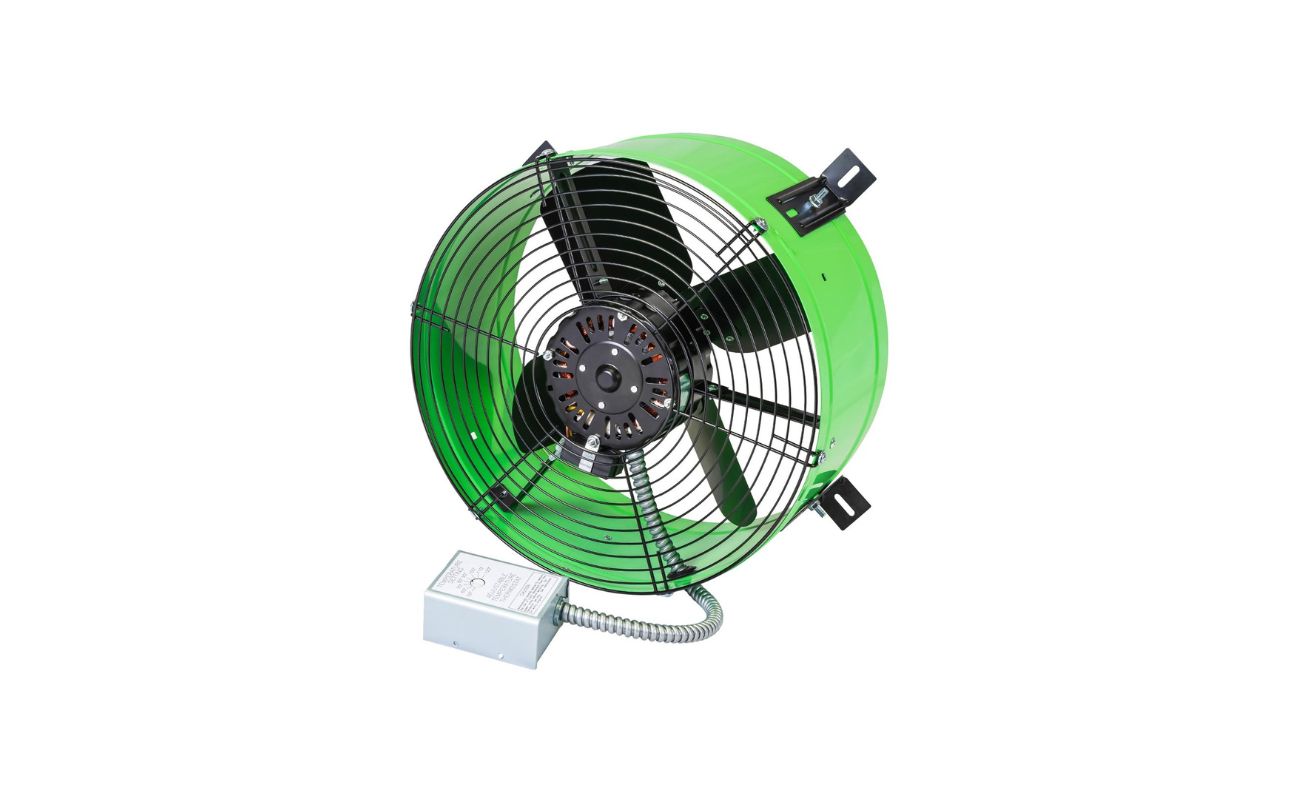

Home Automation Appliances
What Temperature Should I Set My Attic Fan Thermostat
Modified: February 1, 2024
Find out the ideal temperature setting for your attic fan thermostat to optimize home automation appliances and improve energy efficiency. Discover the best practices for setting the perfect temperature.
(Many of the links in this article redirect to a specific reviewed product. Your purchase of these products through affiliate links helps to generate commission for Storables.com, at no extra cost. Learn more)
Introduction
Welcome to the world of home automation and energy efficiency! As the proud owner of an attic fan, you're already one step ahead in creating a comfortable and energy-efficient home environment. Attic fans are a valuable addition to any household, as they play a crucial role in regulating the temperature within your home. However, the question of what temperature to set your attic fan thermostat may have crossed your mind at some point. Fear not, as this article will guide you through the process of determining the optimal temperature setting for your attic fan thermostat.
Understanding the importance of attic fans and their impact on your home's energy consumption is essential. By gaining insight into the benefits of attic fans and the factors that influence the ideal thermostat setting, you can make informed decisions to maximize the efficiency of your home cooling system. So, let's embark on this enlightening journey to discover the optimal temperature for your attic fan thermostat, ensuring a comfortable and energy-efficient living space for you and your family.
Key Takeaways:
- Attic fans help regulate home temperature and save energy. Set the thermostat between 100°F and 110°F for optimal performance, adjusting based on climate and insulation.
- Consider climate, insulation, and ventilation when setting attic fan thermostat. This ensures energy efficiency and a comfortable home environment year-round.
Understanding Attic Fans
Attic fans are an integral part of a well-ventilated home, contributing significantly to the overall comfort and energy efficiency of the living space. These fans are typically installed in the attic to regulate the temperature by exhausting hot air and moisture, thereby preventing the buildup of heat and humidity within the enclosed space. By facilitating air circulation, attic fans help maintain a balanced and comfortable indoor environment, especially during the sweltering summer months.
There are two main types of attic fans: roof-mounted and gable-mounted. Roof-mounted attic fans are installed on the roof, either as a part of the roof structure or added later, while gable-mounted fans are situated in the gable vent of the attic. Both types are designed to expel hot air from the attic, effectively reducing the strain on your home’s cooling system and enhancing overall energy efficiency.
Attic fans operate on a thermostat, which automatically activates the fan when the attic temperature exceeds a certain threshold. This mechanism ensures that the fan runs only when necessary, optimizing energy usage and minimizing operational costs. By understanding the basic functionality and purpose of attic fans, you can appreciate their role in maintaining a well-ventilated and comfortable home environment.
Benefits of Attic Fans
Investing in an attic fan offers a myriad of advantages, ranging from improved energy efficiency to enhanced indoor comfort. By harnessing the power of attic ventilation, these fans provide numerous benefits that positively impact both your home and your wallet.
- Temperature Regulation: Attic fans play a pivotal role in regulating the temperature within your home. By expelling hot air from the attic, they prevent the buildup of heat, thereby reducing the strain on your air conditioning system and promoting a cooler indoor environment.
- Moisture Control: In addition to managing temperature, attic fans help mitigate moisture accumulation in the attic. By expelling excess moisture, they prevent the development of mold and mildew, safeguarding the structural integrity of your home and preserving indoor air quality.
- Energy Savings: By reducing the workload on your air conditioning system, attic fans contribute to lower energy consumption, resulting in decreased utility bills. Their ability to maintain a comfortable indoor temperature with minimal reliance on artificial cooling systems makes them a cost-effective investment in the long run.
- Extended Roof Lifespan: Attic fans aid in prolonging the lifespan of your roof by minimizing the accumulation of heat and moisture. By reducing the risk of shingle damage and premature deterioration, they contribute to the overall durability and longevity of your roofing system.
- Enhanced Comfort: With the efficient regulation of temperature and moisture, attic fans create a more comfortable living environment, especially during the scorching summer months. This improved comfort enhances the overall livability of your home, ensuring a pleasant atmosphere for you and your family.
By leveraging these benefits, attic fans become an indispensable component of a well-maintained and energy-efficient home. Their ability to optimize indoor conditions while minimizing energy consumption makes them a valuable asset for homeowners seeking a sustainable and comfortable living space.
Set your attic fan thermostat to turn on at around 100-110°F to help prevent heat buildup and moisture in the attic. This can help reduce energy costs and extend the life of your roof.
Setting the Right Temperature
Determining the optimal temperature for your attic fan thermostat is crucial in maximizing its efficiency and reaping the benefits of enhanced home comfort and energy savings. The recommended temperature setting typically ranges between 100°F and 110°F (37.8°C to 43.3°C). This range allows the attic fan to activate when the temperature surpasses the designated threshold, expelling hot air and maintaining a balanced attic environment.
During the hotter months, setting the thermostat to activate the attic fan at a lower temperature, such as 100°F (37.8°C), can help preemptively mitigate the buildup of excessive heat in the attic. This proactive approach prevents the transfer of heat into the living spaces below, reducing the demand on your air conditioning system and promoting a cooler indoor atmosphere. Additionally, a lower activation temperature can aid in controlling moisture levels, preventing the development of mold and mildew in the attic.
Conversely, during cooler seasons, adjusting the thermostat to activate the attic fan at a slightly higher temperature, around 110°F (43.3°C), can help optimize energy efficiency. By allowing the attic to retain some heat, the fan operates less frequently, conserving energy while still effectively ventilating the space when necessary. This balanced approach ensures that the attic fan remains an asset throughout the year, adapting to the changing climate and maintaining optimal conditions within the attic.
It’s important to note that the ideal temperature setting may vary based on regional climate patterns and the specific characteristics of your home, such as insulation levels and attic ventilation. Therefore, it’s advisable to consider consulting with a professional or referencing local climate guidelines to determine the most suitable thermostat setting for your attic fan.
By fine-tuning the temperature setting of your attic fan thermostat in accordance with seasonal variations and environmental factors, you can harness its full potential in regulating attic conditions and enhancing overall home comfort.
Factors to Consider
When determining the optimal temperature setting for your attic fan thermostat, several key factors should be taken into account to ensure the effective operation and energy efficiency of the fan. By considering these factors, you can fine-tune the thermostat setting to suit the specific requirements of your home and regional climate.
- Climate: The local climate plays a significant role in determining the ideal temperature setting for your attic fan thermostat. Areas with hotter climates may benefit from a lower activation temperature to proactively manage heat buildup, while regions with milder temperatures may warrant a slightly higher setting to optimize energy efficiency.
- Insulation: The quality and adequacy of insulation in your attic impact the efficacy of attic fan operation. Well-insulated attics may require a lower activation temperature, as they are better equipped to resist heat transfer. Conversely, poorly insulated attics may benefit from a higher activation temperature to minimize unnecessary fan operation.
- Ventilation: The ventilation capacity of your attic, including the presence of additional vents or windows, influences the attic fan’s performance. Adequate ventilation allows for efficient air exchange, potentially affecting the optimal thermostat setting based on the attic’s ability to dissipate heat and moisture.
- Home Design: The architectural design of your home, particularly the roof structure and attic layout, can impact attic temperature and airflow patterns. Homes with complex roof designs or multiple attic spaces may require tailored thermostat settings to accommodate varying conditions within the attic.
- Seasonal Variations: Considering the fluctuating temperatures across different seasons, adjusting the thermostat setting periodically can optimize the attic fan’s operation. Adapting the temperature setting to align with seasonal changes ensures that the fan effectively manages attic conditions throughout the year.
By carefully evaluating these factors and their influence on attic temperature and ventilation, you can make informed decisions when setting the thermostat for your attic fan. Additionally, seeking guidance from HVAC professionals or energy efficiency experts can provide valuable insights tailored to your specific home environment, ensuring that the attic fan operates optimally in accordance with prevailing conditions.
Ultimately, by taking these factors into consideration, you can fine-tune the thermostat setting to maximize the efficiency and benefits of your attic fan, contributing to a more comfortable and energy-efficient home.
Conclusion
As you navigate the realm of home automation and energy efficiency, understanding the significance of your attic fan and its thermostat setting is paramount in creating a comfortable and sustainable living environment. By recognizing the pivotal role of attic fans in regulating temperature and moisture, you can harness their benefits to enhance the overall efficiency and comfort of your home.
Setting the right temperature for your attic fan thermostat is a strategic decision that hinges on various factors, including climate, insulation, ventilation, and seasonal variations. By carefully considering these elements and tailoring the thermostat setting to align with your home’s specific requirements, you can optimize the performance of your attic fan throughout the year, promoting energy savings and indoor comfort.
Whether you reside in a region characterized by scorching summers or fluctuating seasonal temperatures, the versatility of attic fans ensures their relevance in maintaining a balanced attic environment. By adhering to the recommended temperature range and adapting the thermostat setting to suit your home’s unique attributes, you can unlock the full potential of your attic fan, reaping the rewards of improved energy efficiency, extended roof lifespan, and enhanced indoor comfort.
Embracing the proactive approach of setting the right temperature for your attic fan thermostat empowers you to create an optimal living environment while minimizing energy consumption. It’s a testament to your commitment to sustainable living and a testament to the invaluable role of attic fans in achieving a harmonious balance between comfort, energy efficiency, and environmental responsibility.
So, as you embark on this journey of optimizing your home’s energy efficiency, remember that the attic fan and its thermostat setting are pivotal allies in your quest for a comfortable, sustainable, and cost-effective living space.
Frequently Asked Questions about What Temperature Should I Set My Attic Fan Thermostat
Was this page helpful?
At Storables.com, we guarantee accurate and reliable information. Our content, validated by Expert Board Contributors, is crafted following stringent Editorial Policies. We're committed to providing you with well-researched, expert-backed insights for all your informational needs.
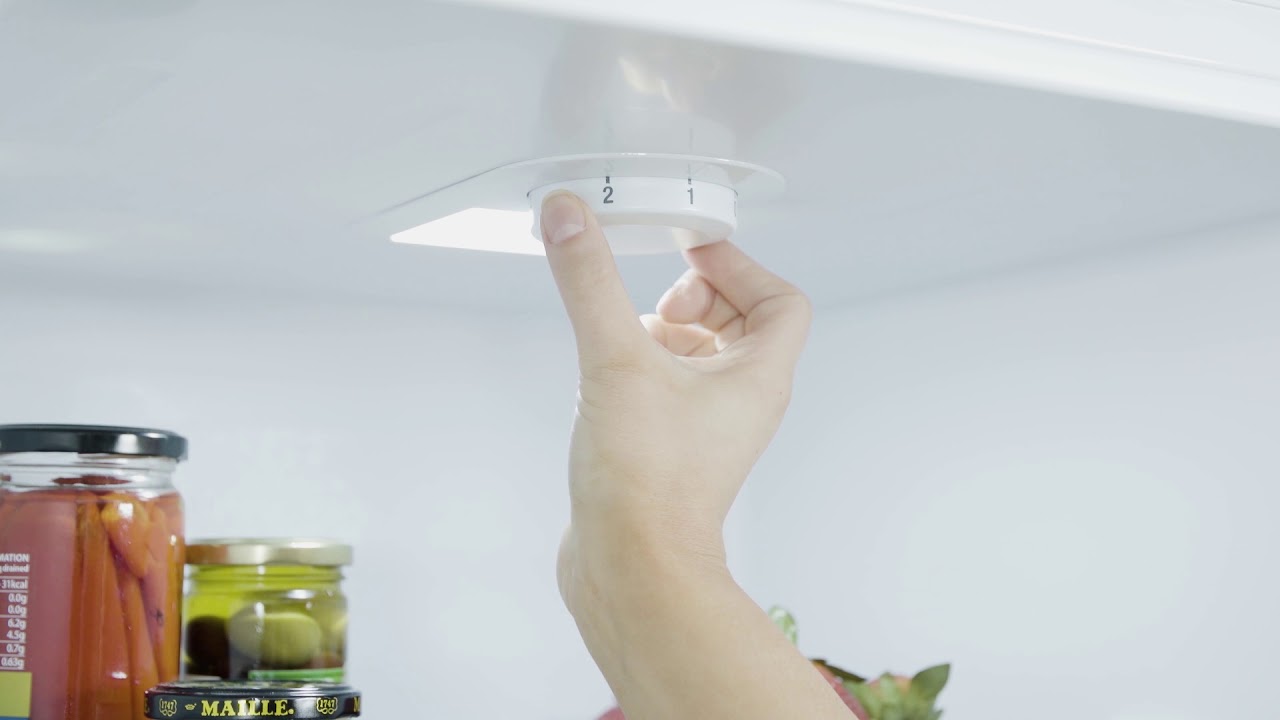
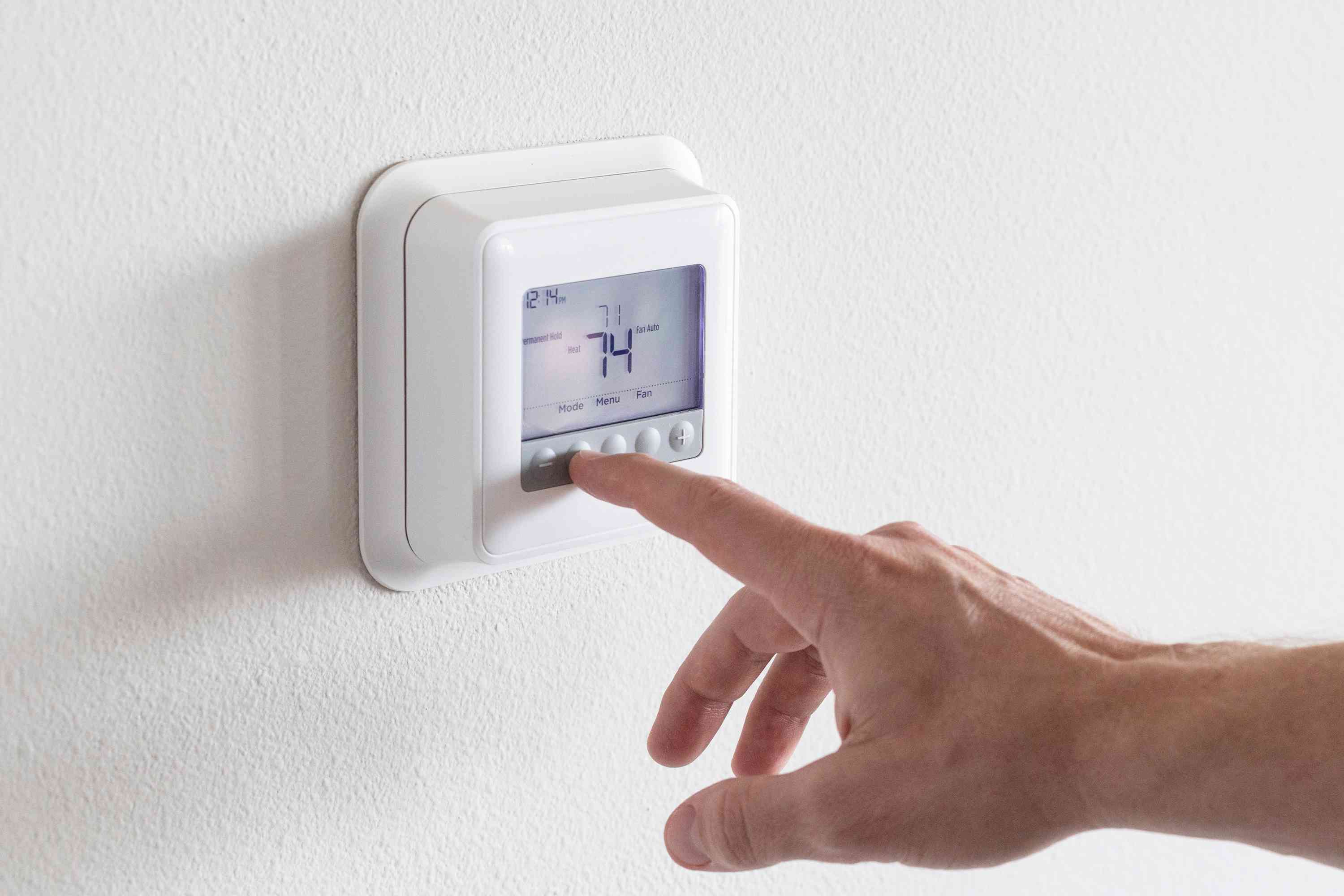

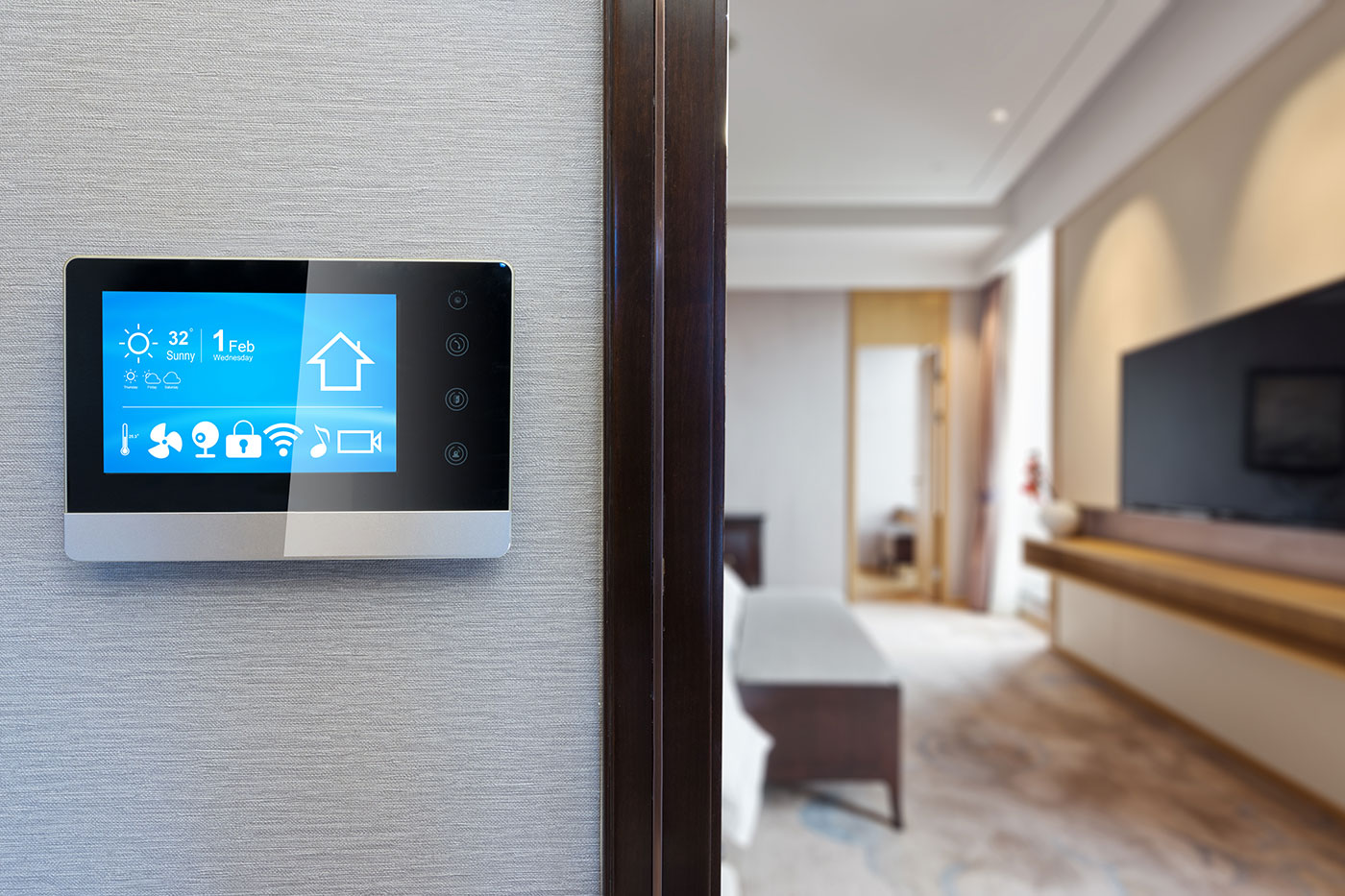

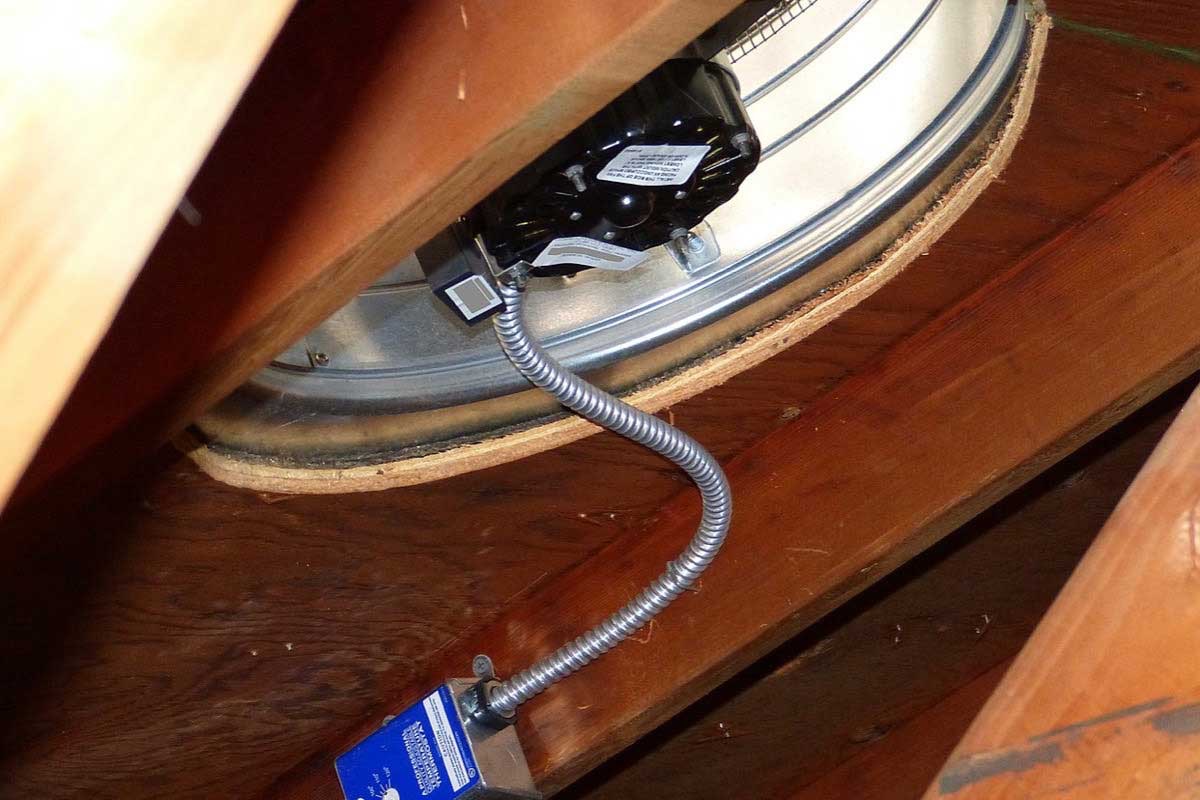

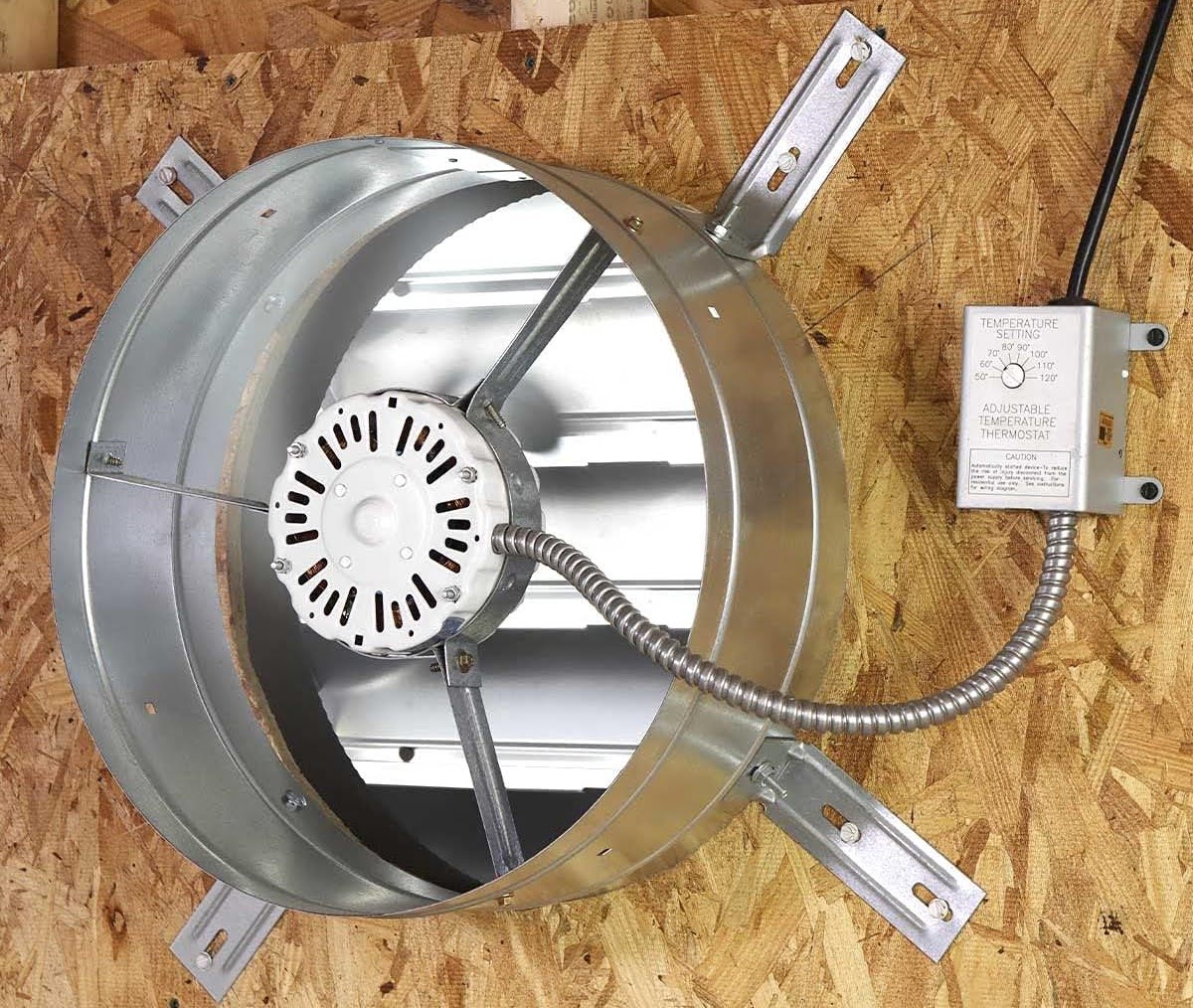
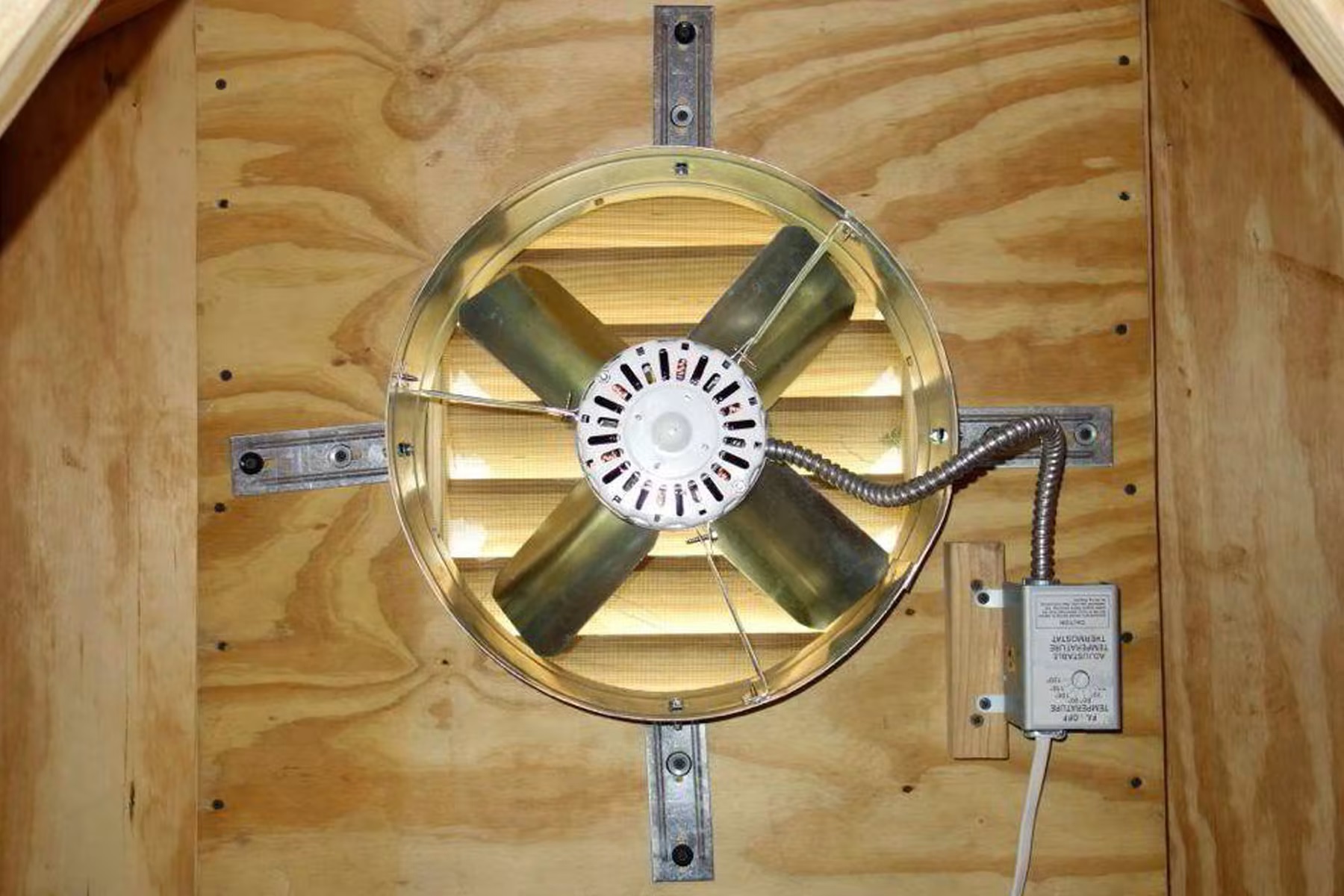

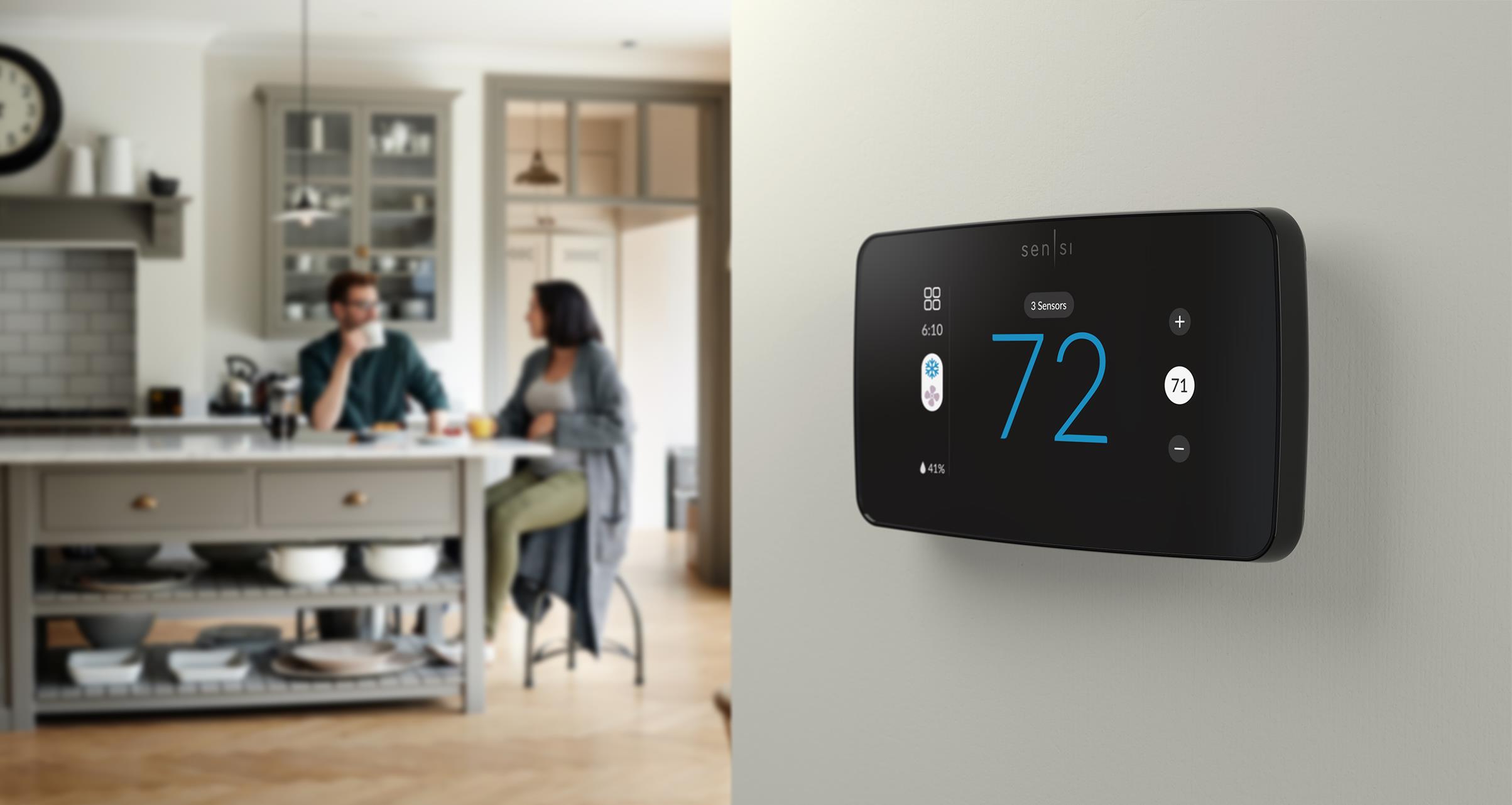
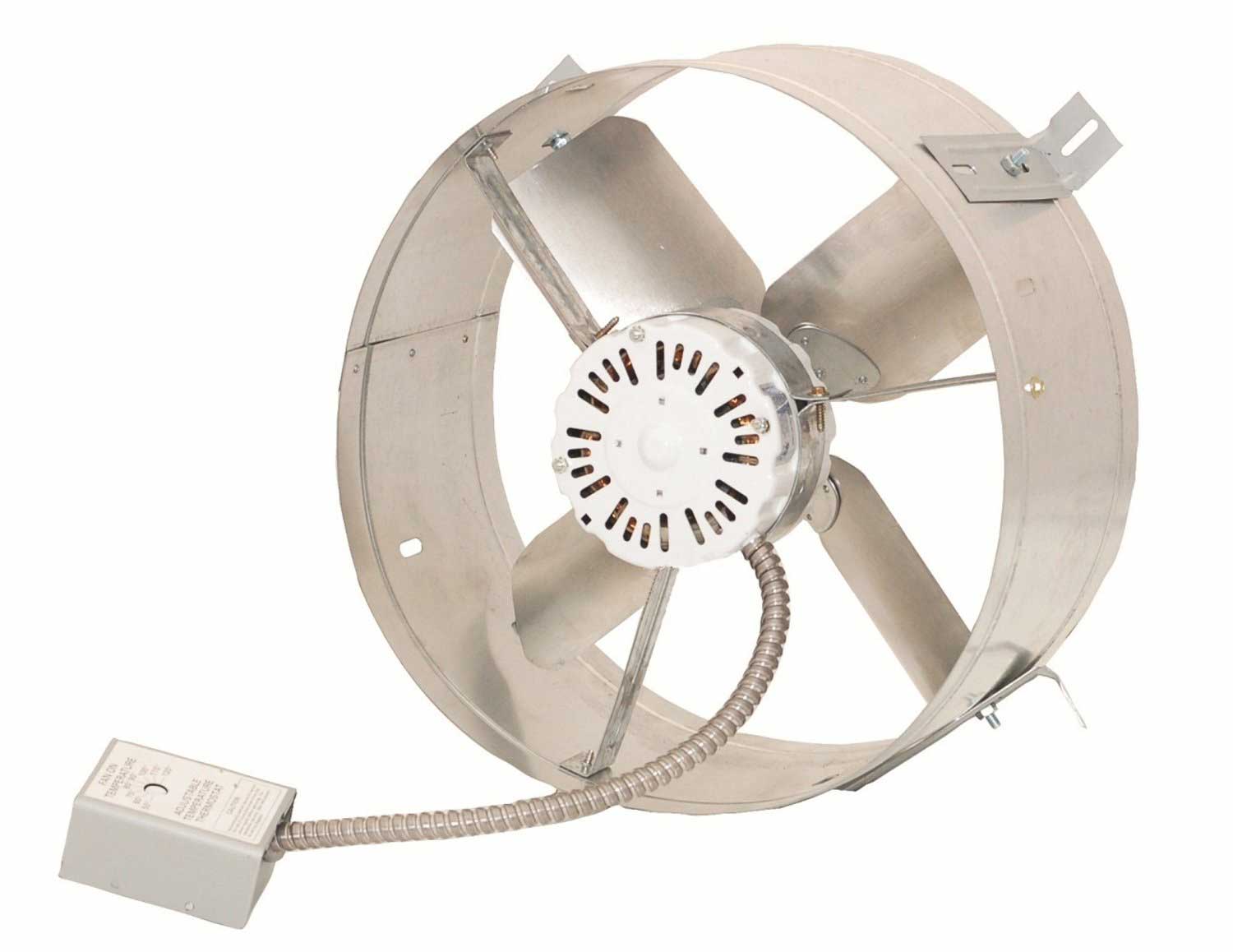



0 thoughts on “What Temperature Should I Set My Attic Fan Thermostat”